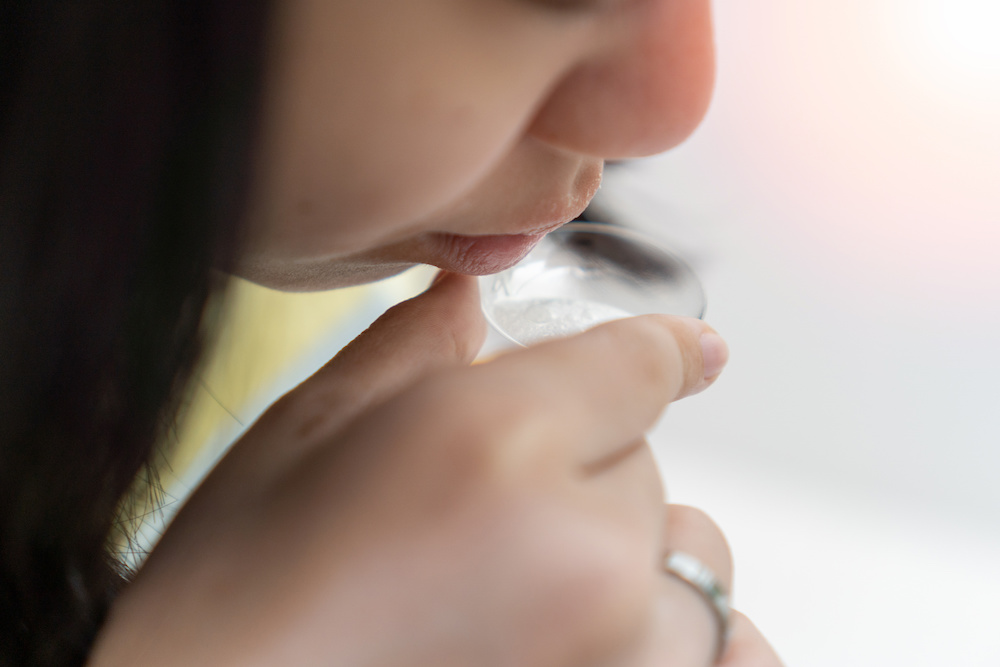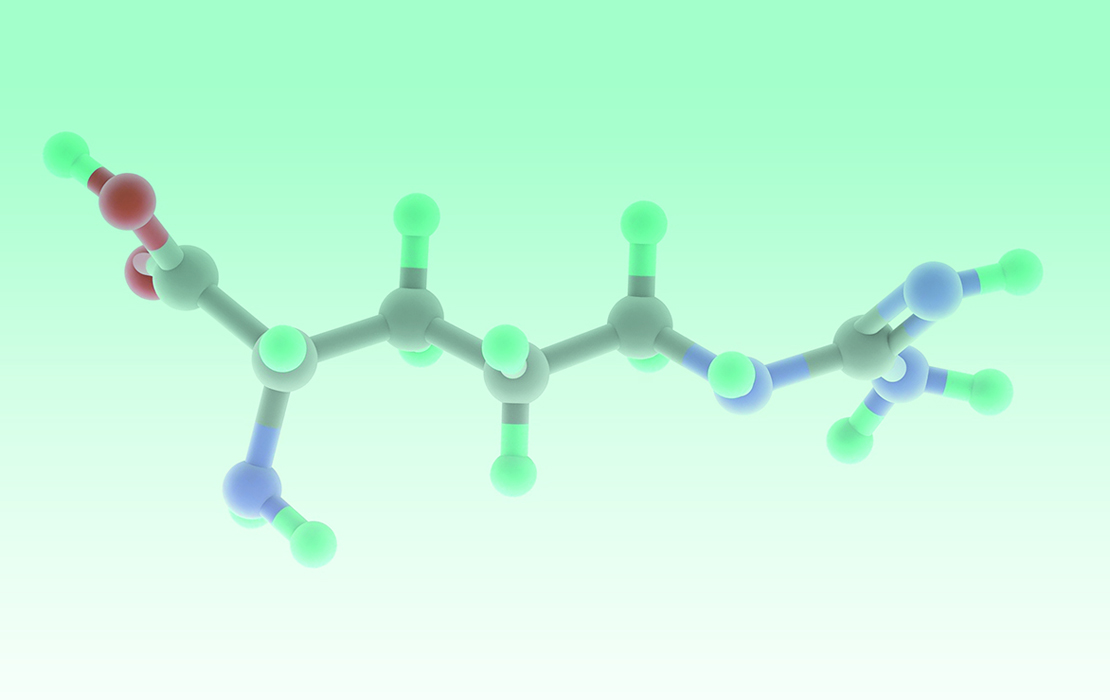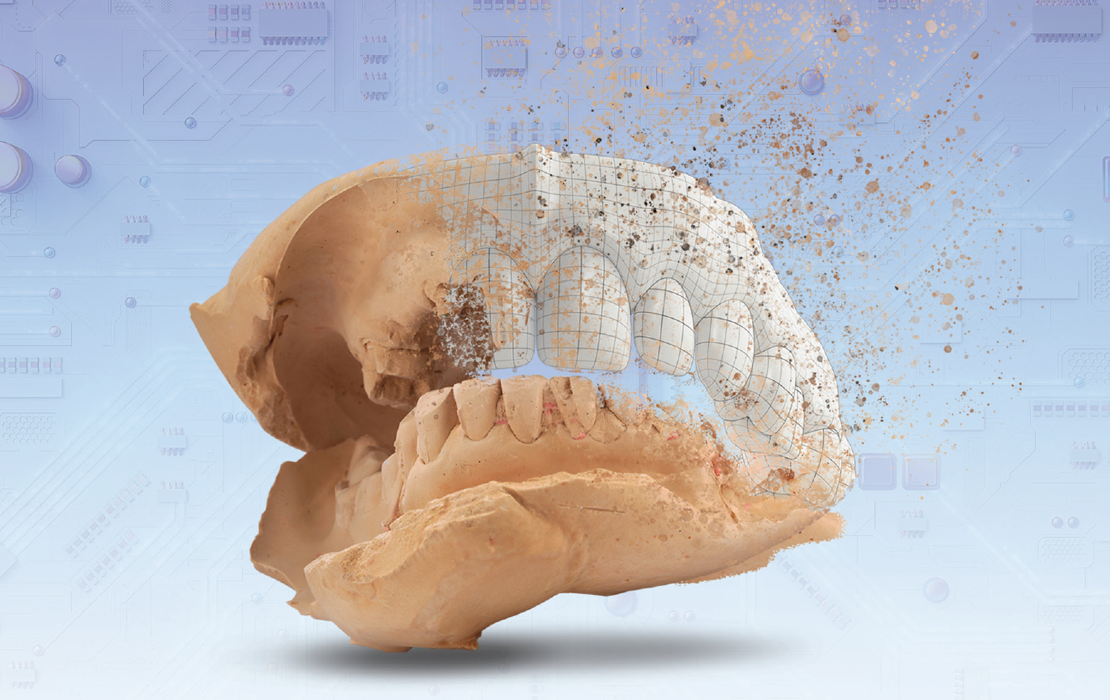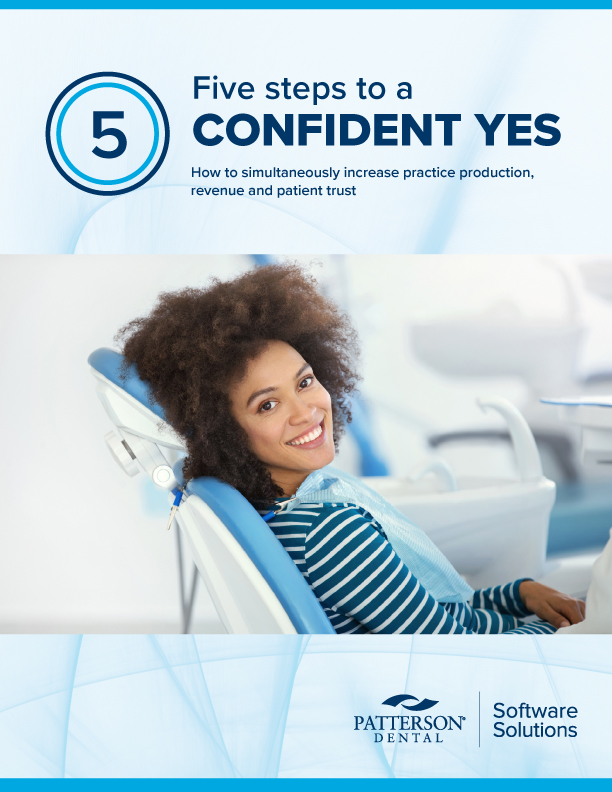New ADA guide covers CDT codes for saliva tests
Testing offers noninvasive alternative for detecting oral health biomarkers

A new guide from the American Dental Association outlines the appropriate CDT codes to use when collecting and analyzing saliva samples.
“Saliva is proving to be a simple yet powerful source for detecting infections and monitoring oral health biomarkers, offering a versatile diagnostic and educational tool to advance health care insights,” said Mark A. Moats, D.M.D., chair of the ADA Council on Dental Benefit Programs. “As salivary testing continues to evolve, dental professionals should stay informed about appropriate procedural coding to ensure accurate documentation and reporting.”
Saliva-based testing has traditionally been conducted in certified laboratories following Clinical Laboratory Improvement Amendments standards to assess a patient’s condition and aid in treatment planning.
In the CDT Code, saliva-based testing procedures are categorized based on the type of test performed, the purpose of the sample collection and the nature of the analysis. The ADA guide explains the coding options.
The presence of a CDT code does not mean a procedure is covered or reimbursed by a dental benefit plan. Plans determine reimbursements for procedures.
Members of the ADA Council on Dental Benefit Programs serve as the editorial panel on CDT Code guidance documents and educational resources. Saliva testing is an emerging field, and those with questions and feedback can contact the council at dentalcode@ada.org to help improve coding and reporting of saliva-based tests.



